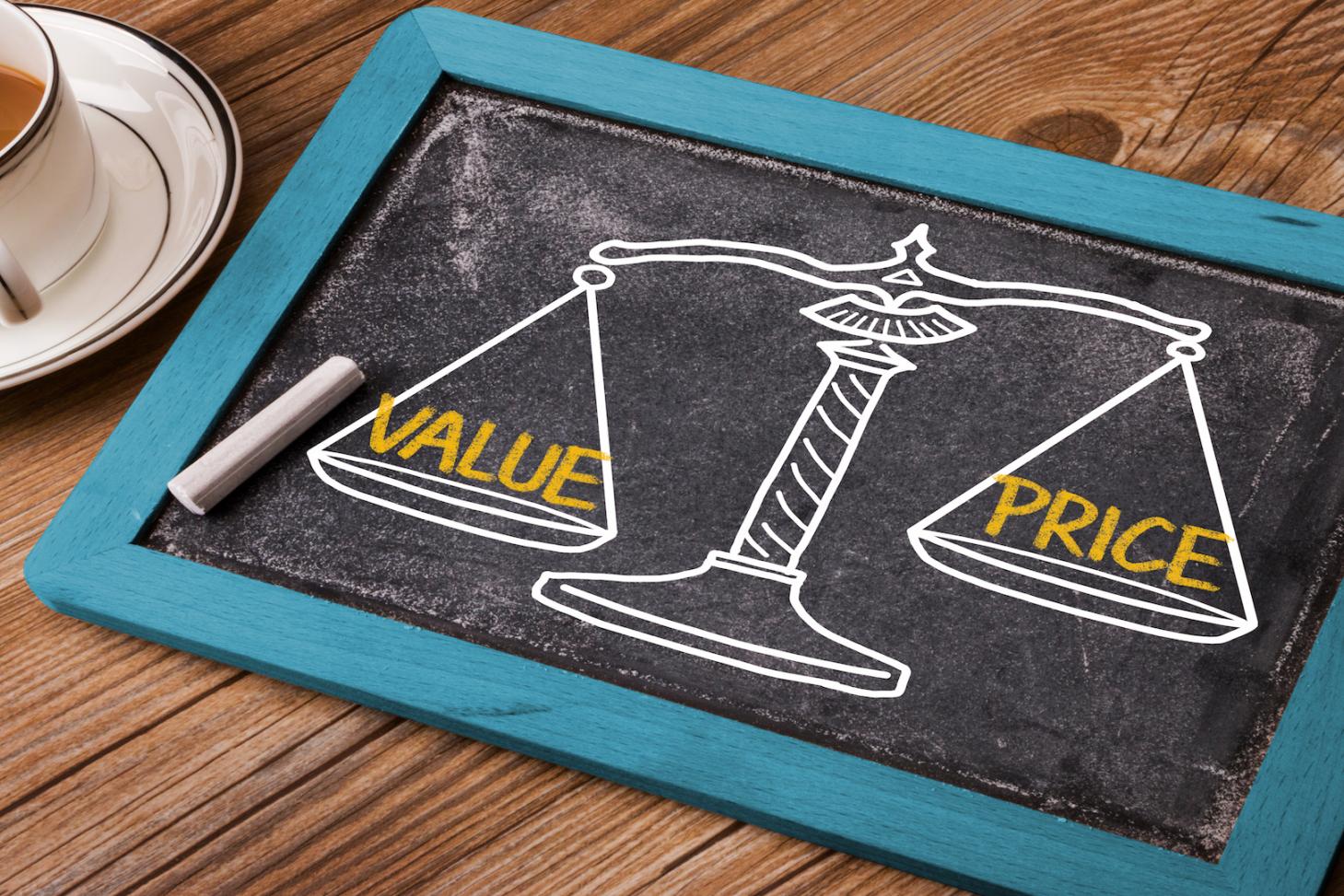With higher education moving classes online and the hotel industry forced to curtail amenities, the COVID-19 pandemic has put a new spin on a classic question: What is a fair price?
In a forthcoming article in the Journal of the Association of Consumer Research, marketing professors Elizabeth Friedman and Olivier Toubia, the Glaubinger Professor of Business, investigate that query by taking a fresh look at two factors in setting a fair price: cost and value.
Through a series of surveys, they found that the pandemic created unique situations where costs haven’t changed and retailers are not to blame, yet consumers still think it would be fair to decrease prices. The circumstances highlight the role of value when judging fairness.
Freidman and Toubia were first inspired by the ongoing debate among US universities surrounding decisions to offer full or part-time remote classes to accommodate social distancing strictures put in place due to COVID-19, but all the while keeping tuition at the same level.
Toubia says that a common argument for not reducing tuition is that universities typically have the same level of expenses as they did before lockdown measures began. But opponents say they would not receive the same value as they would if they could take their classes in person.
“What became interesting for us is to ask if fair prices are driven by cost or by value,” Toubia says.
The researchers then brainstormed other types of businesses and scenarios, such as hotels, airlines, and yoga studios that have had to change their offerings.
In the study, they presented survey participants with a scenario involving a yoga studio that is forced to either move classes online with no corresponding decrease in costs, or move classes outside and decrease costs to the retailer by saving in rent and utilities. The online classes represent a decrease in value, while the outdoor classes saw no change from the normal value of the session.
“Consumers are more upset when the business doesn’t change prices in cases where value is lower, than when the retailer’s costs are lower,” Friedman says.
According to Friedman, the common notion of fairness is based on consumers’ ideas of what they think a retailer’s intentions and costs are in setting a price of a good or service.
But the pandemic has created a situation in which price changes are not always the fault of the retailer.
“Restrictions are being placed on some firms that they cannot do anything about,” Friedman says. “That’s causing the product to change, so consumers are getting a lower-value product and they can’t blame the retailer for that even though it’s not the retailer’s fault. We find that consumers still expect the price to decrease.”
Toubia and Friedman also found that consumers perceive a decrease in prices more favorably if firms tie the drop to cost savings.
“If a firm says, ‘We’ve saved this money in our costs and we’re going to pass that on to you,’ that is viewed as fairer than a firm reimbursing a customer because its product did not meet expectations,” Friedman explains.
Toubia adds that they found that consumers like to have a clear story that explains why an organization lowers its prices.
“It is important that costumers see the cause and effect between the cost and the price,” Toubia says.
